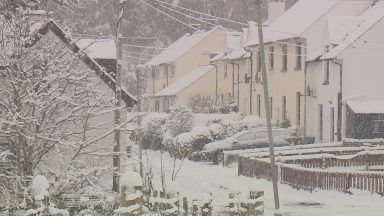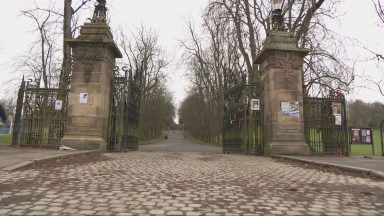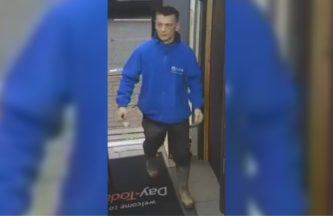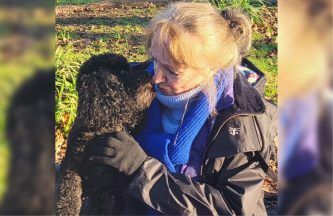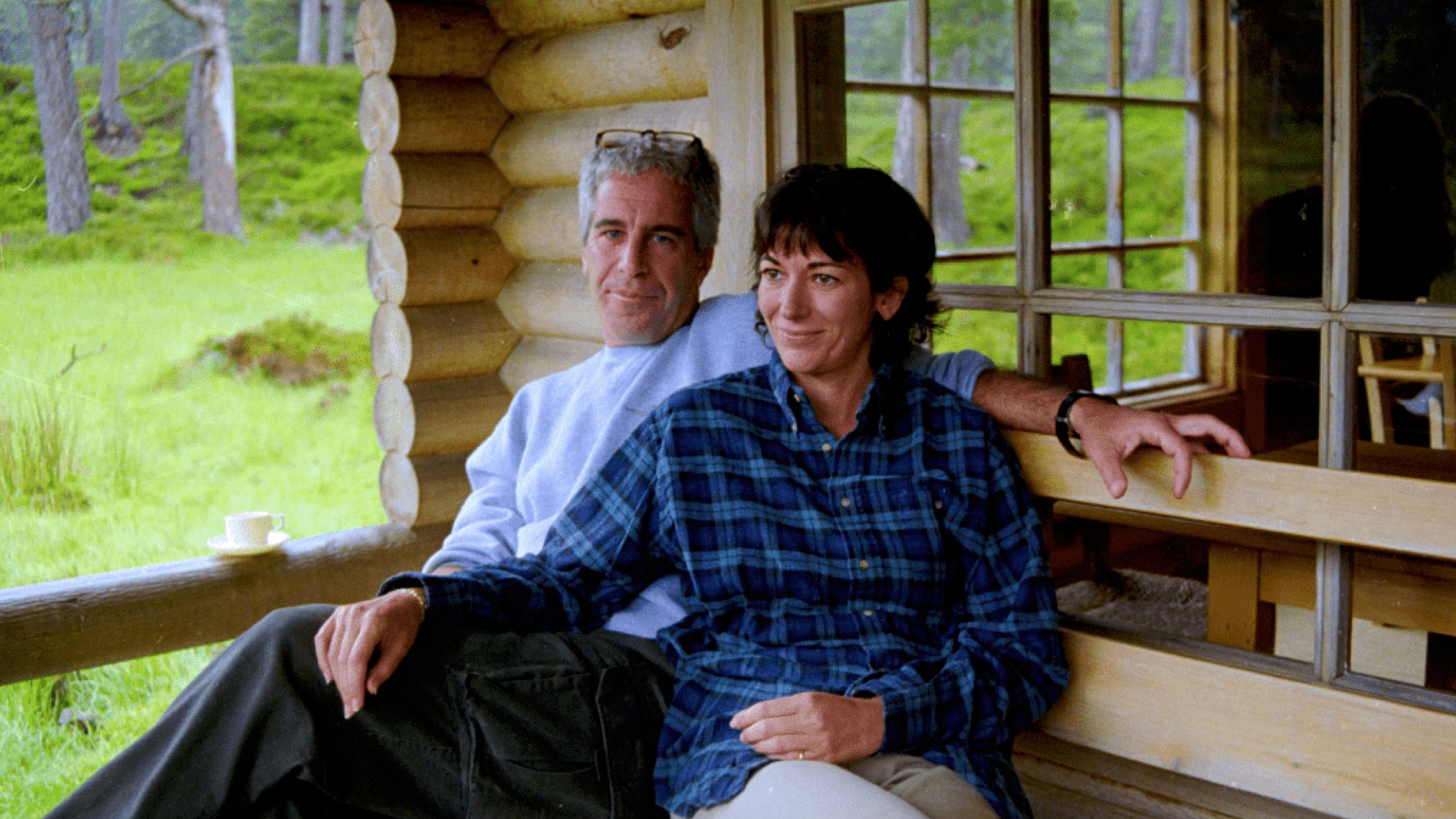The director of a construction firm said that “in hindsight” a building site where a ten-year-old boy died after falling down a manhole shaft should have had more CCTV, a Fatal Accident Inquiry (FAI) has heard.
Shea Ryan died in July 2020 when he climbed through an unsecured fence on a building site in Drumchapel, Glasgow, and fell 20ft down the shaft.
Robert Van Beek, who was a contract manager at construction firm RJ McLeod at the time, told the inquiry that looking back, the security measures put in place following the incident should have been there from the start.
This included CCTV around the perimeter fence, motion sensors, and a process for formally documenting inspections of the site fence, Glasgow Sheriff Court heard.
Mr Van Beek, who signed off on the company’s Construction Phase Plan (CPP) – which included details of the site’s security arrangements – said they had put a security guard and CCTV in the site “compound” only.
During its risk assessment, he said the company had identified the nearby primary school and built-up area as risks.
He told the inquiry that from previous experience, the compound – where the offices and welfare facilities were located and where fuel was stored – was considered most at risk of fire, theft or unauthorised access.
When asked by advocate depute Nicola Gillespie why there was no CCTV around the site more widely, he said “That’s a difficult question to answer.
“Because in hindsight we should have had the measures in place that were put in after the accident, when we put additional cameras in place.”
Ms Gillespie pointed out that the CPP, which Mr Van Beek signed off on in his role as contract manager, did in fact refer to CCTV being put up “around the site” and not just in the compound.
When asked why this was not done, Mr Van Beek replied: “I can’t give you a reason for that.”
He added: “There’s no proper explanation for that. We didn’t do it.”
Mr Van Beek also told the inquiry that he undertook monthly inspections of the site, including of safety and security arrangements.
He said that at some point prior to Shea’s death, he had been alerted to a “breach” in an area of fencing at the site of a public footpath, which had been fenced off when the site was set up.
He said a decision was taken to reinforce the fencing in this and other areas around the site using timber and triangulated fencing to make it more secure.
Ms Gillespie asked him whether at that point there had been any consideration of installing CCTV around the site, but he said no.
Mr Van Beek was also asked about the shaft in which Shea lost his life, known as MH22, and how it was that the manhole cover had been moved.
The 62-year-old told the inquiry: “I never had an explanation of how he had been able to go down that manhole.”
The inquiry heard that the manhole was on part of the site that RJ McLeod took over responsibility for from another company on July 3, and was not related to the work they were doing.
Mr Van Beek said that when they took it over, he had assumed – based on drawings and other information – that the manhole was “finished” and had a proper cover, and that it did not require any specific risk assessment.
But he said he was not aware of a physical inspection of the manhole having been carried out.
He explained that it was company practice to put a “ballast bag” weighing between half-a-tonne and a tonne on unfinished manholes as a safety measure.
But he told the inquiry that no bag was placed on MH22 from the time RJ McLeod became responsible for it.
The inquiry opened with the reading of a statement from Shea’s mother Joanne Ferguson.
In it, she said that prior to her son’s death it was “well known” children had been able to get onto the site, and she wanted to know why no action had been taken to prevent this.
She said she also wanted to know who uncovered the manhole, when they did so, and why it had been left uncovered.
She concluded: “We miss Shea every single day … My heart’s broken, and my life will never be the same again.”
The FAI earlier heard evidence from Graeme Clark, joint managing director of RJ McLeod – principal contractor for the construction work at the site, part of a flood alleviation project – who told the inquiry he had “no idea” how Shea was able to get onto the site, or how he had been able to access the manhole.
“He shouldn’t have been able to get in to the site. I have no idea how he was able to get in. He shouldn’t have been able to get in,” he said.
He added: “We had no knowledge of any child on that site up to the date of the incident itself.”
David Swanney, representing Shea’s mother, pressed Mr Clark on failings in the company’s risk assessment process, including the failure to record fence inspections in the period before her son’s death.
He pointed out that damage to the fencing would have been a “sign members of the public were accessing the site”, in breach of the company’s legal responsibilities.
He added that damaged fencing “increases opportunity for members of the public to access the site”.
He put it to Mr Clark: “Do you, on behalf of your company, accept your failures led to the death of Shea Ryan?”
He initially said “no”, but later clarified that the company did accept responsibility for his death in respect of failures in its risk assessment processes.
The company was fined £860,000 in 2023 for failing to secure the construction site.
The inquiry continues.
Follow STV News on WhatsApp
Scan the QR code on your mobile device for all the latest news from around the country


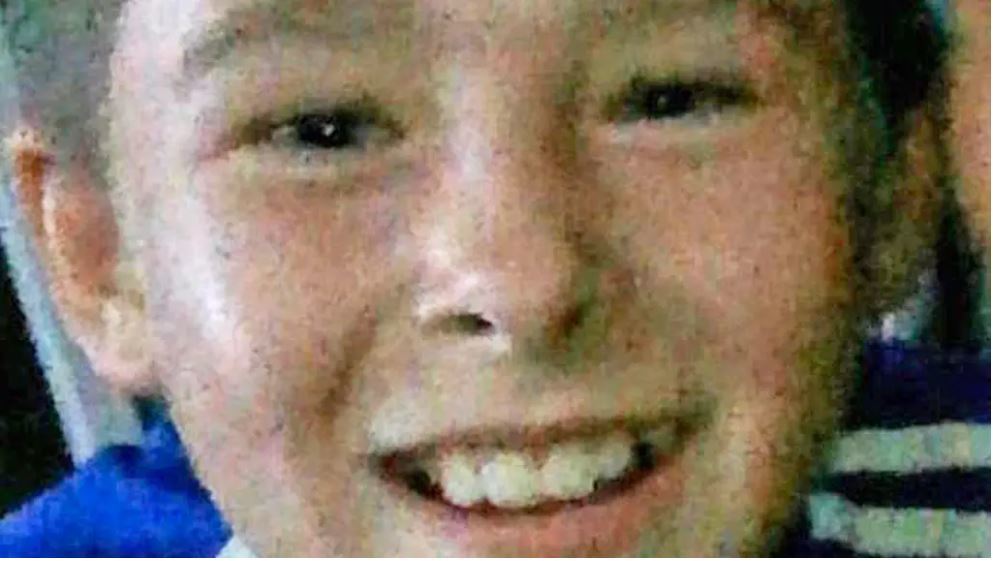 Police Scotland
Police Scotland

